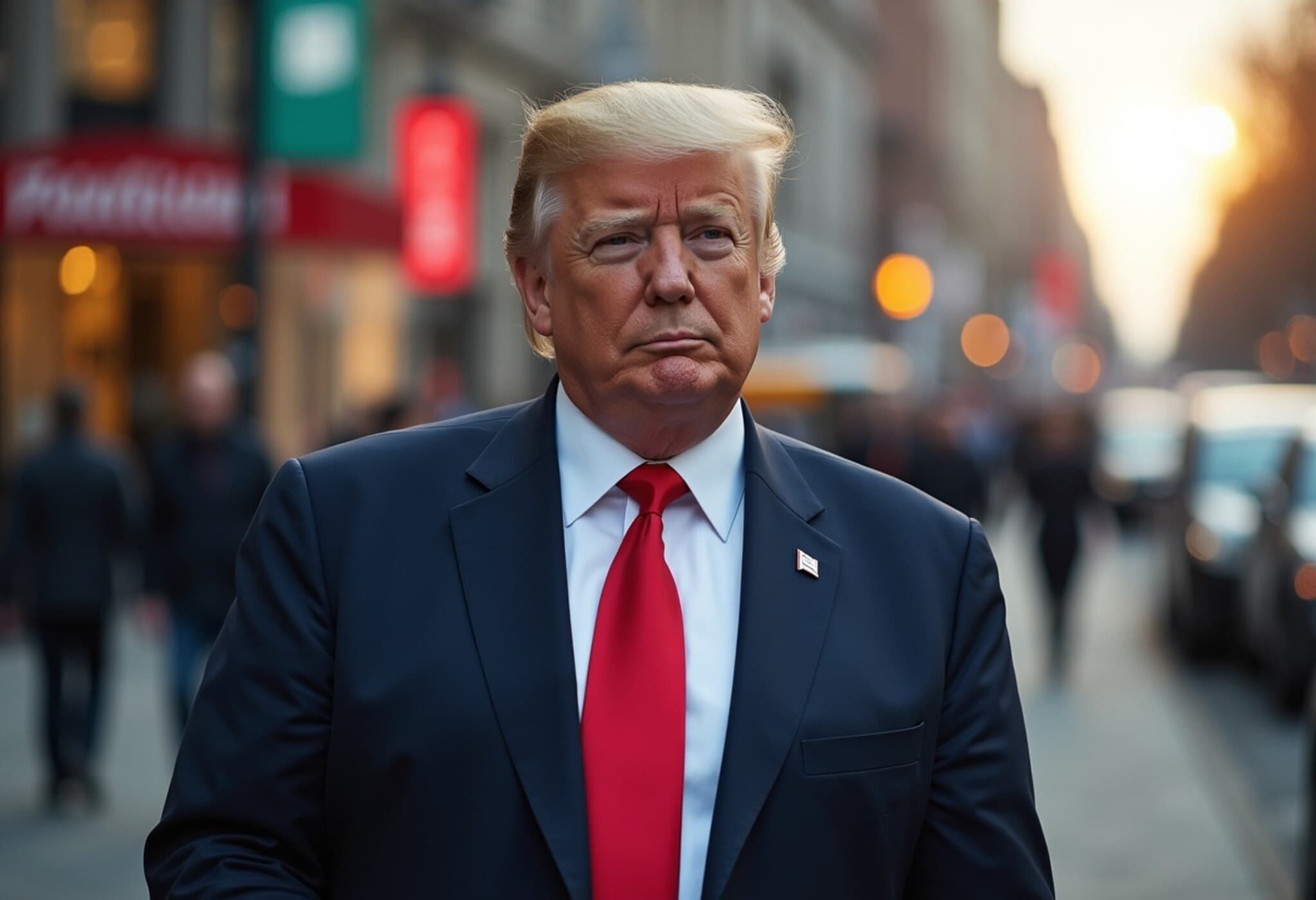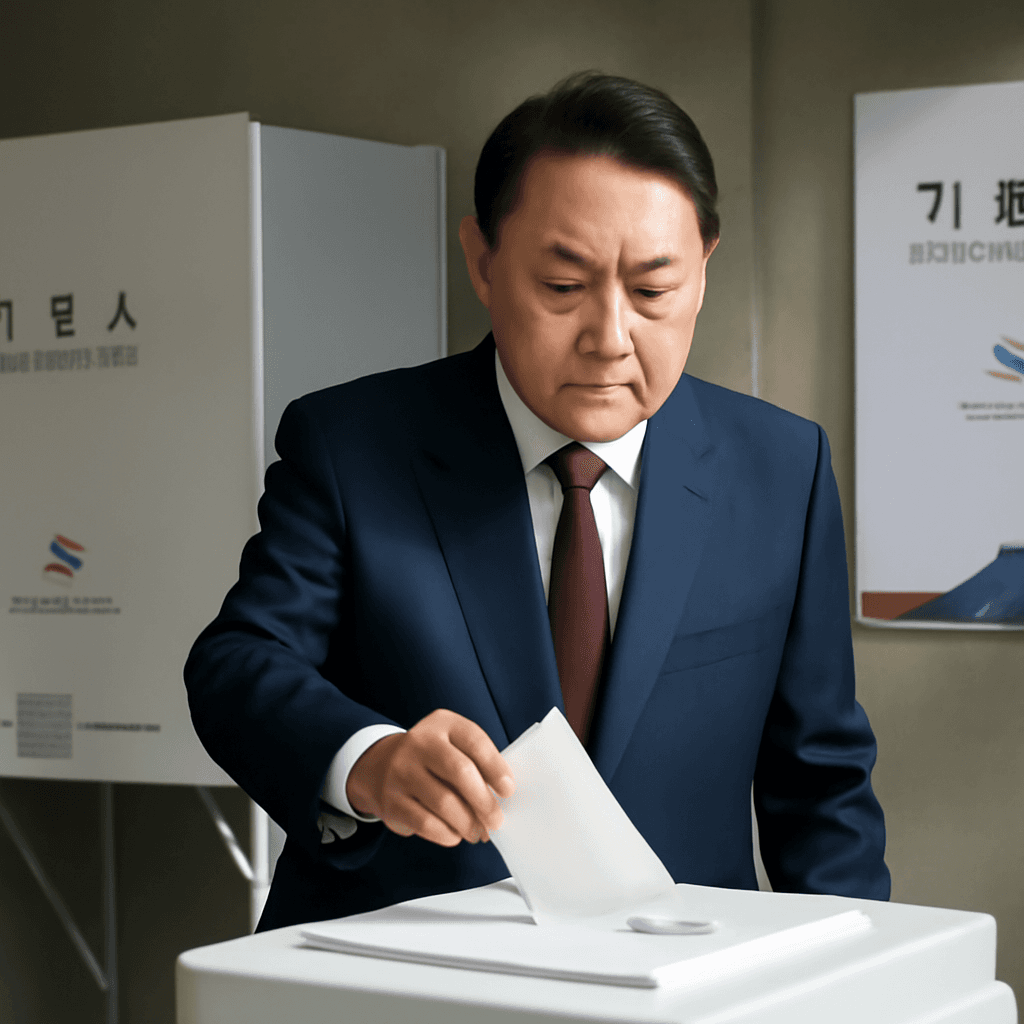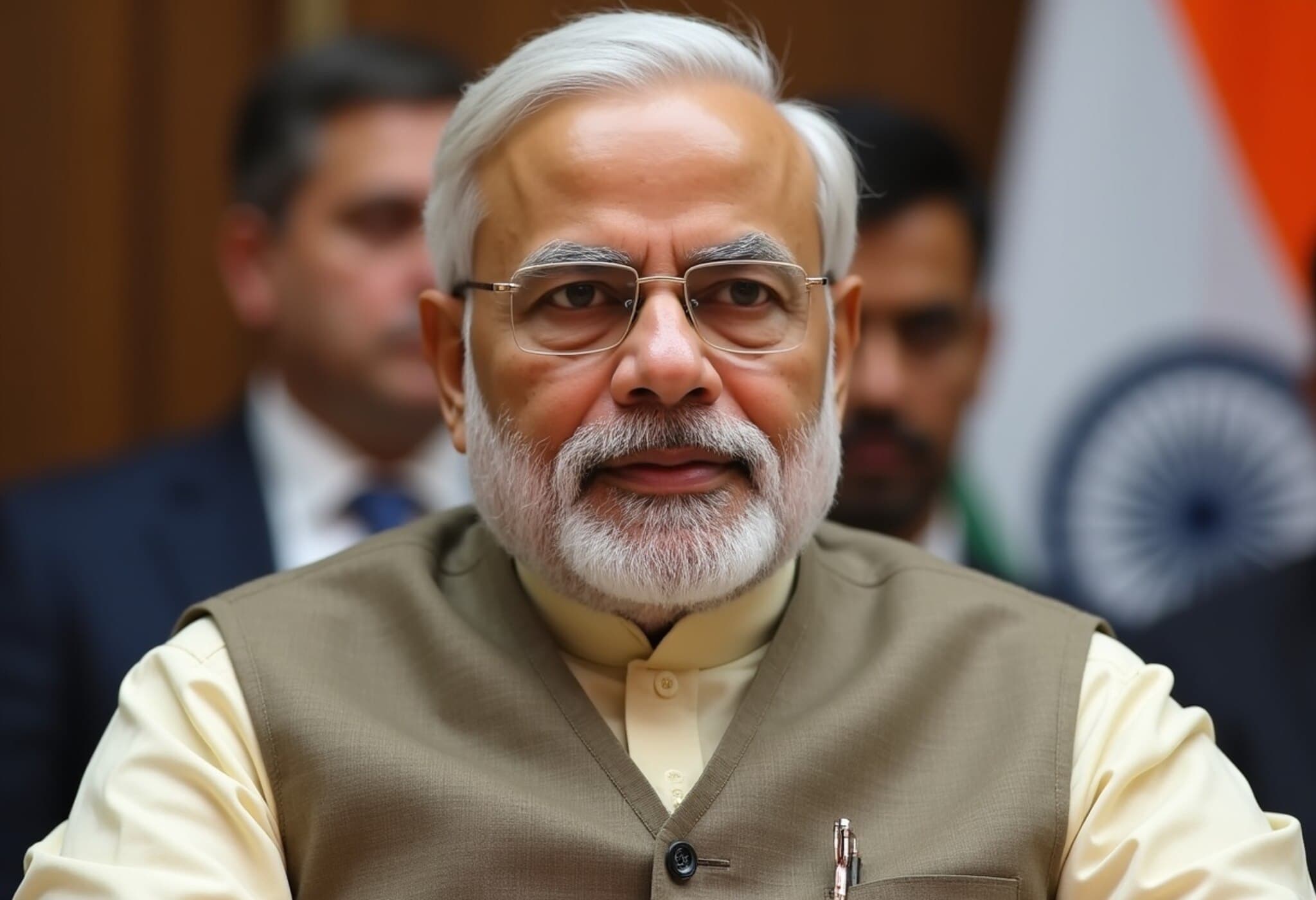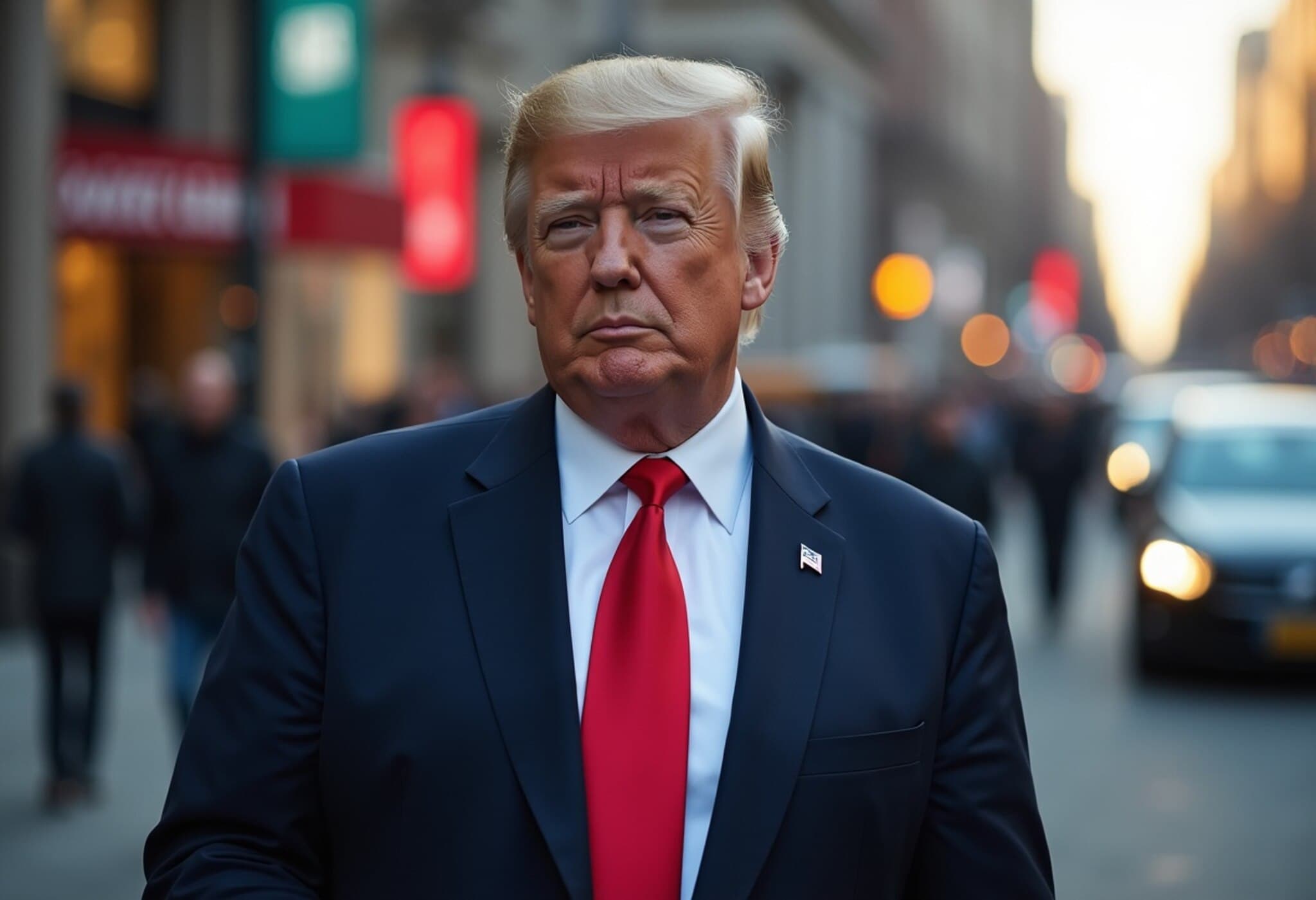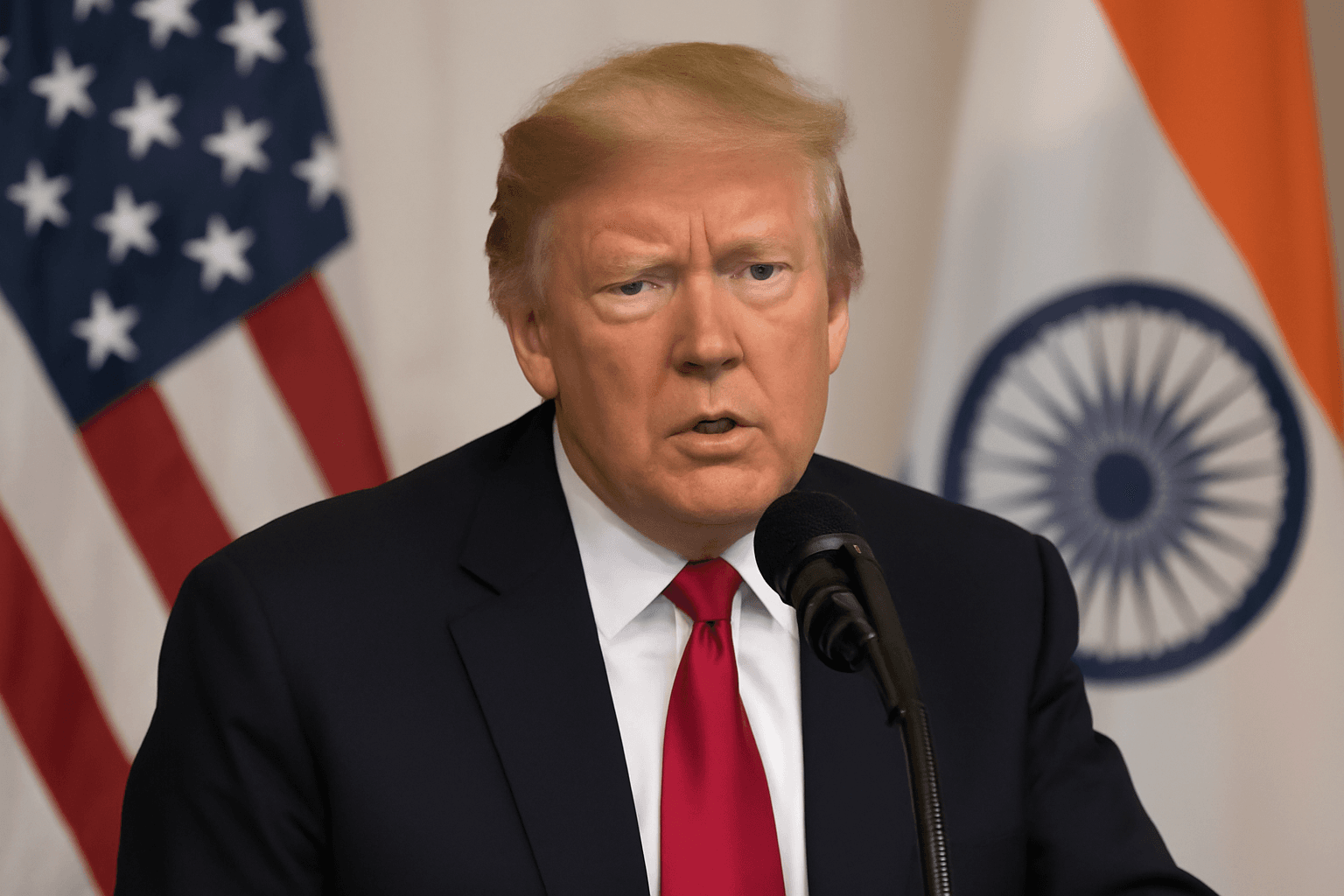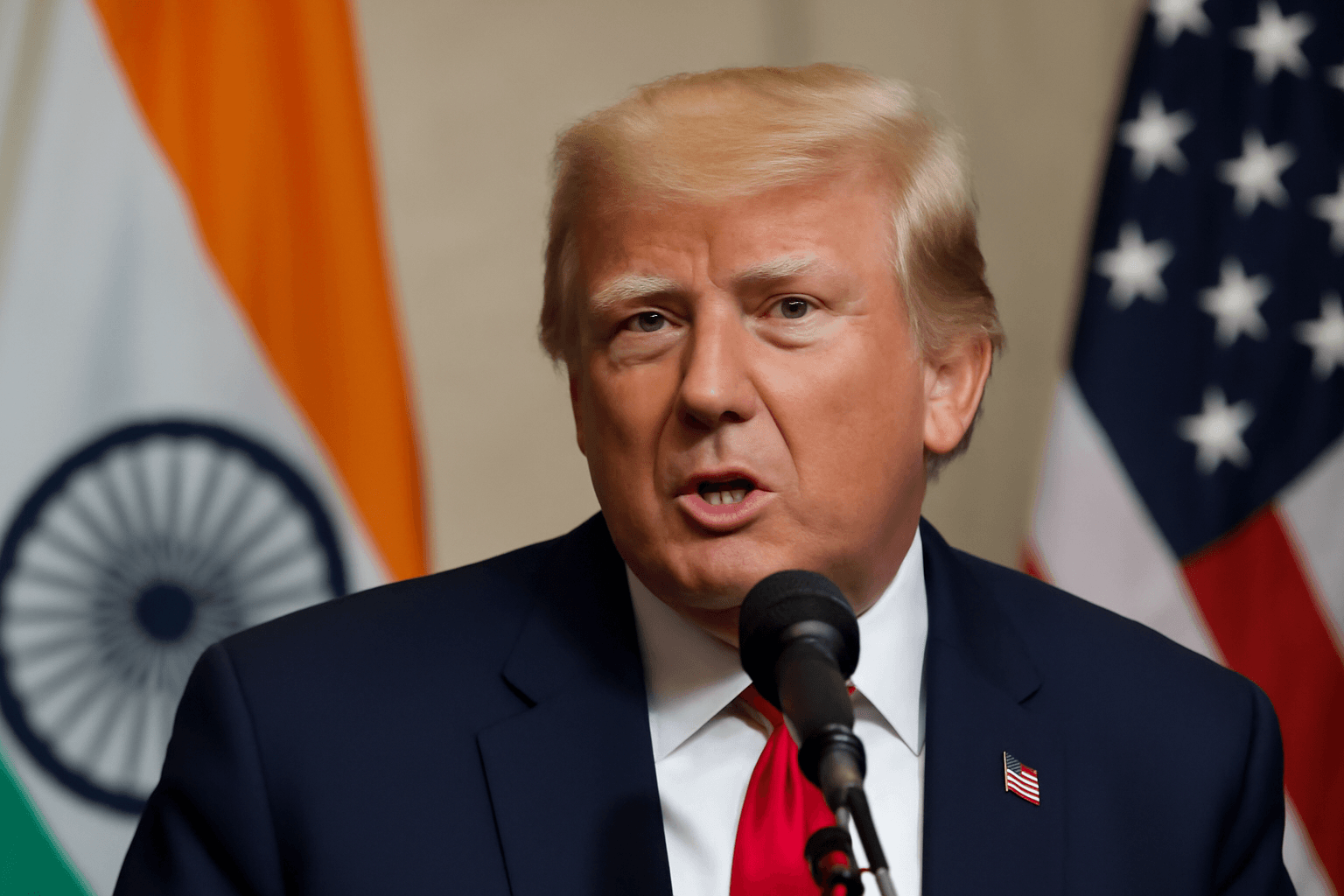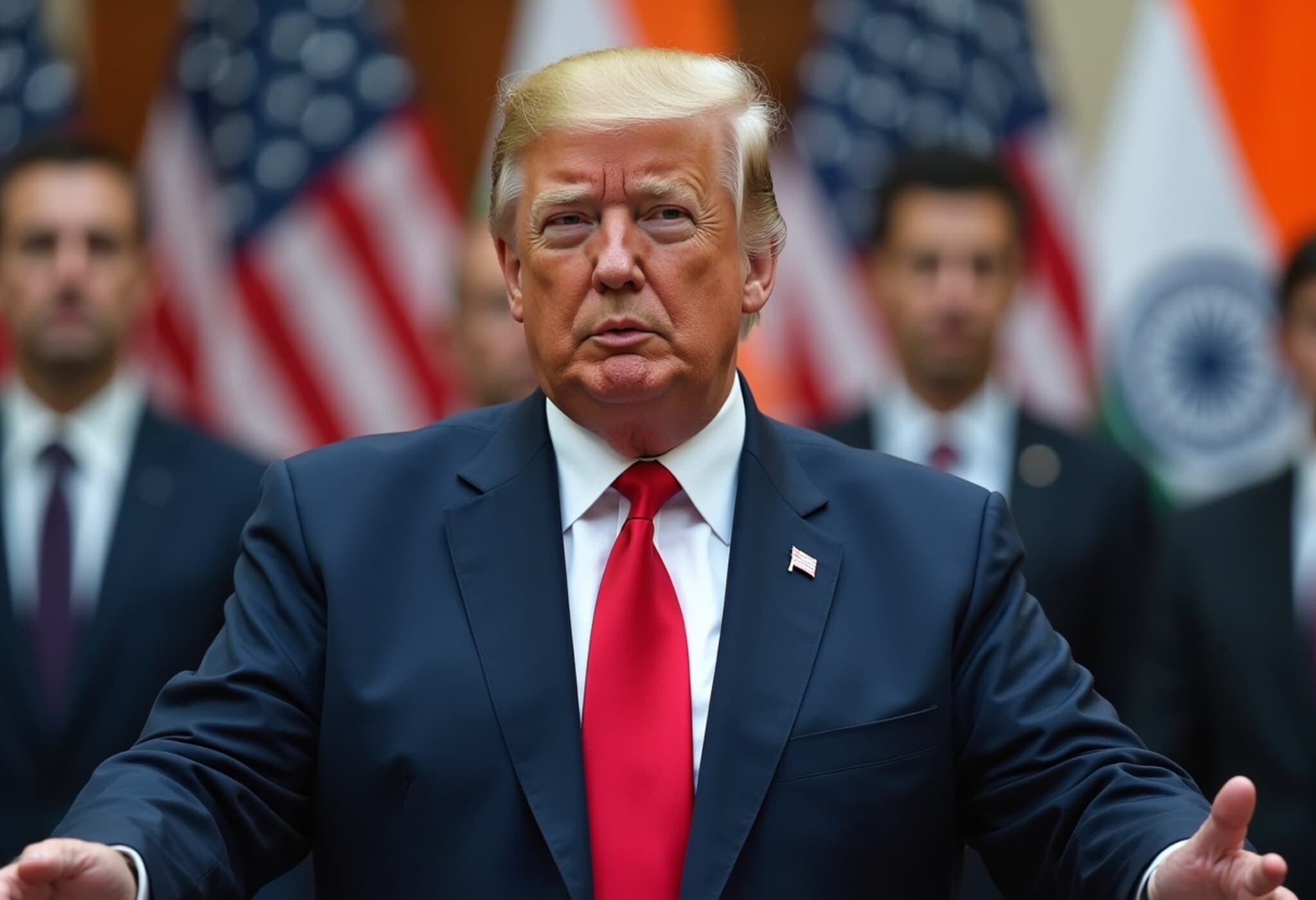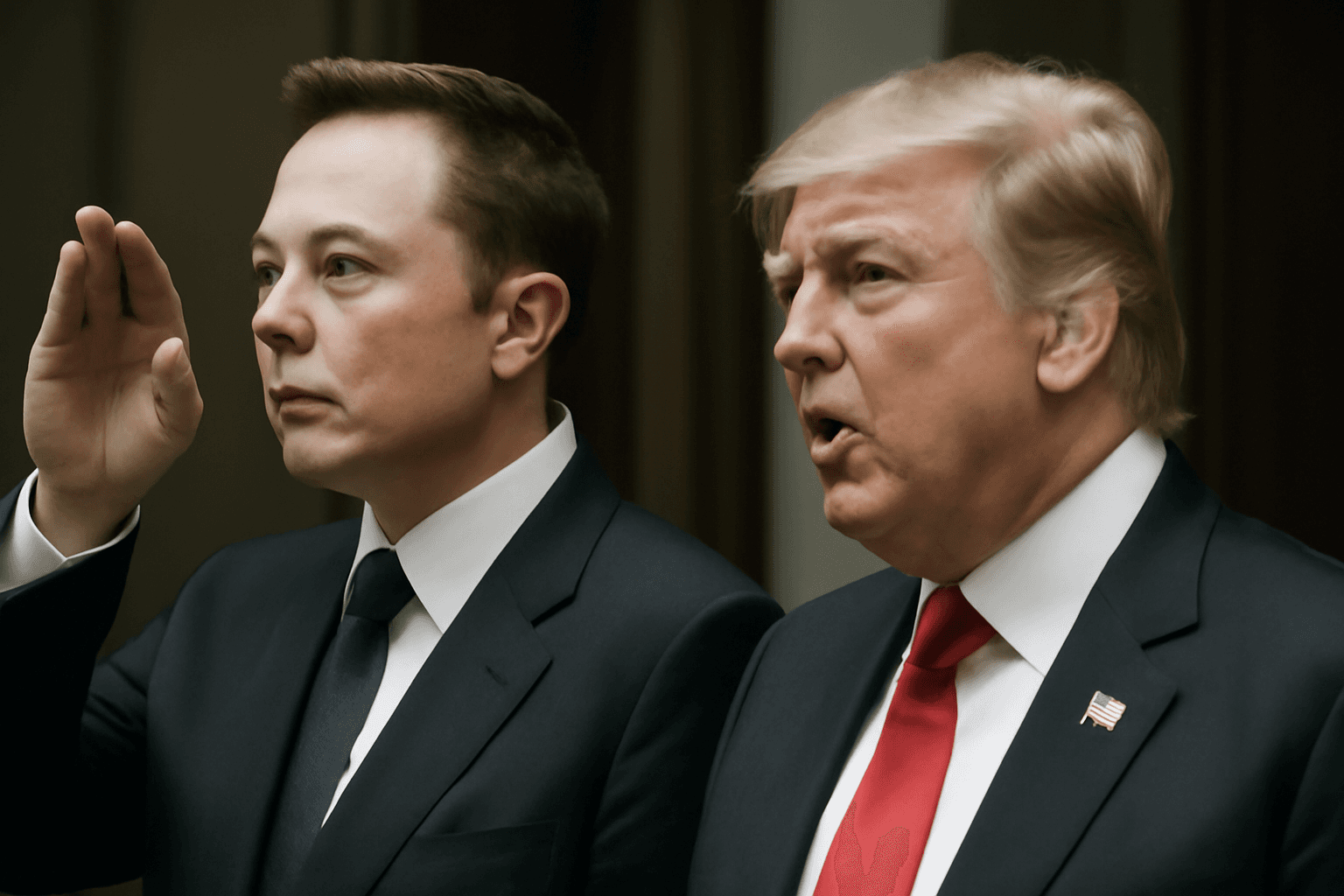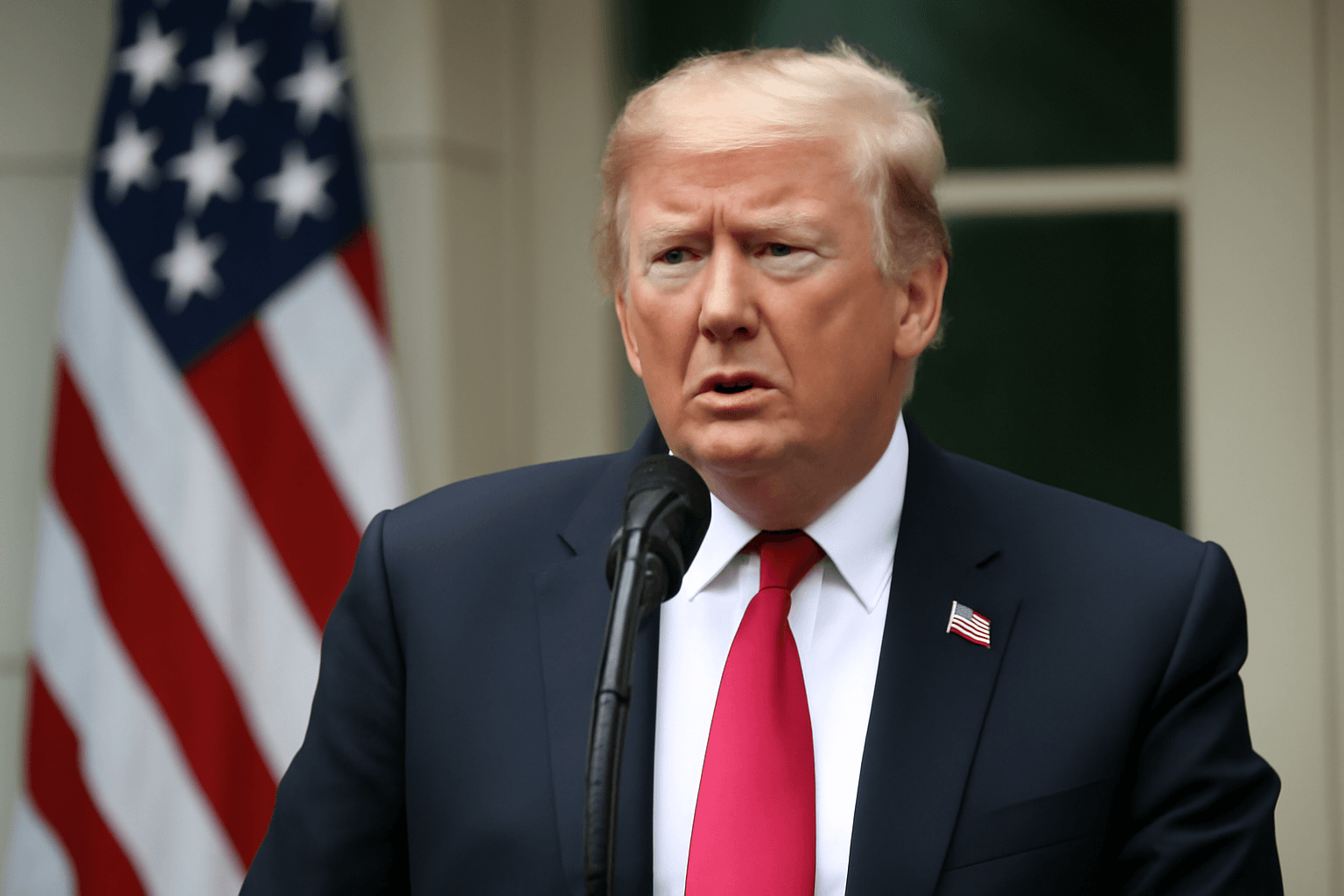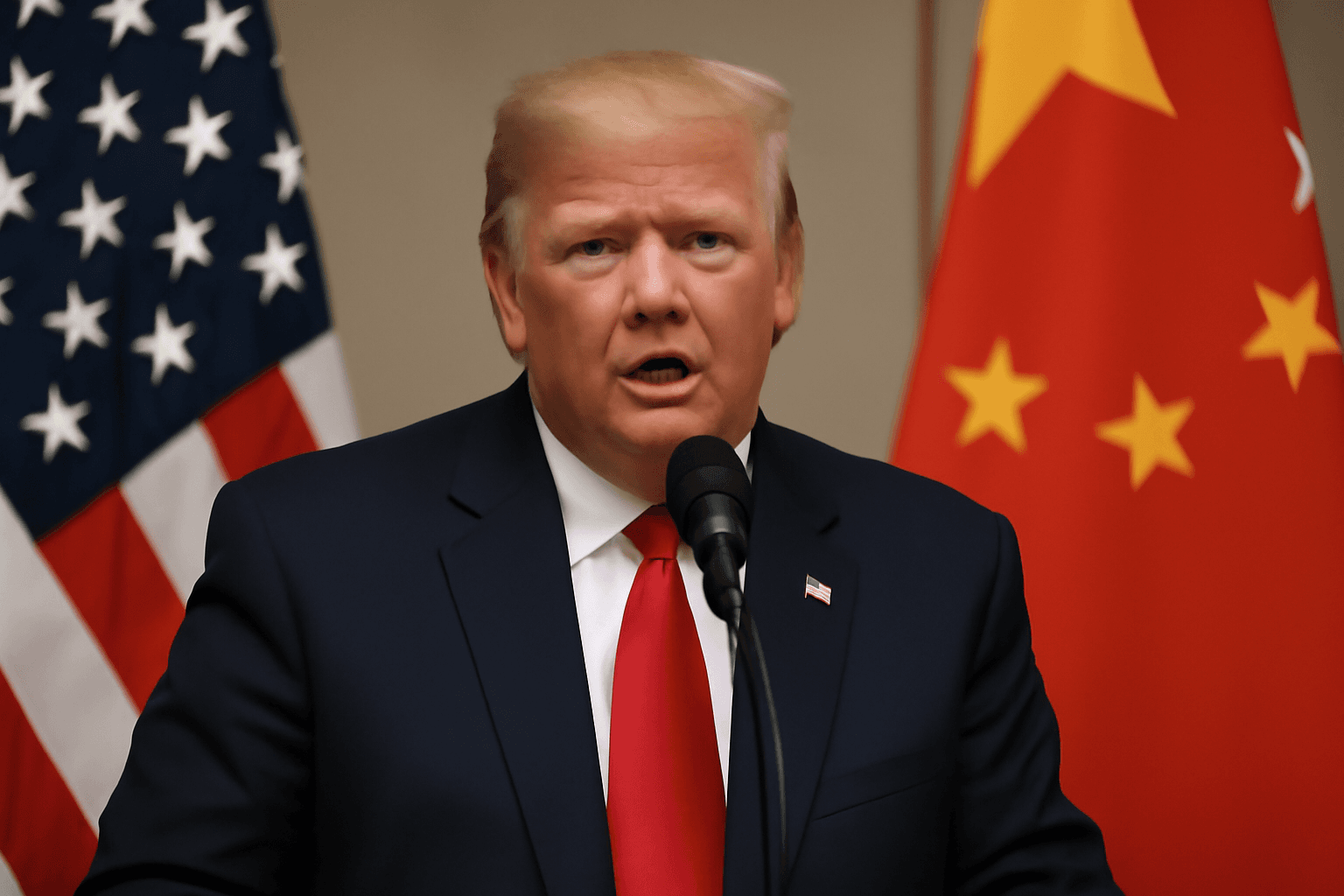Trump's Bold Tariff Proposal: Using Economic Pressure to Foster Peace
In a striking move at a White House meeting on July 14, 2025, U.S. President Donald Trump announced plans to impose 100% secondary tariffs on nations purchasing Russian exports, signaling a renewed and aggressive economic gambit designed to compel the Kremlin to cease its ongoing invasion of Ukraine within 50 days. Meeting with NATO Secretary General Mark Rutte, Trump framed these tariffs not as tools of trade warfare, but as instruments aiming to restore peace by economically isolating Russia.
Typically, U.S. tariffs target specific countries directly. However, these secondary tariffs would burden third-party countries — those continuing to buy Russian goods — with significant duties, effectively pressuring Russia’s trading partners to reconsider their alliances and imports.
Who Will Be Impacted Most?
According to the International Trade Centre’s 2024 data, Russia’s largest export is oil, primarily purchased by China, India, and Turkey. These nations, due to their trade volume with Russia, would face the full brunt of these U.S. tariffs if they do not adjust their import behaviors. This possibility raises complex geopolitical questions about balancing economic interests against international norms and alliances.
While the approach has potential collateral effects, it marks a rare instance where tariffs are explicitly positioned as a lever for peace rather than profit or protectionism.
Global Economic Highlights: China’s Growth and U.S.-China Tech Relations
Amid these geopolitical tensions, China’s economic growth slightly exceeded forecasts in the second quarter, expanding at a 5.3% pace year-over-year, surpassing the anticipated 5.1%, albeit slower than prior quarters. This deceleration reflects a cautious economic environment, influenced by both domestic reforms and international pressures.
Meanwhile, the White House made a significant exception to restrictions by allowing tech giant Nvidia to resume exports of specialized H20 semiconductor chips to China. These chips are tailored for the Chinese market, and the decision signals a nuanced balance between maintaining technological competition and easing diplomatic friction. For U.S. industries and investors, this is a key development to watch as it may shape future semiconductor supply chains and bilateral tech dynamics.
Financial Markets Respond with Resilience
Despite the renewed tariff threats and geopolitical uncertainties, U.S. stock markets showed unexpected resilience, with all major indexes inching upward on the day of Trump’s announcement. This suggests investor confidence that the tariffs may provoke strategic shifts rather than immediate financial instability.
Additionally, yields on Japanese 10-year government bonds rose, reflecting shifting perceptions of global risk and safe-haven demand.
Surge in Gold Prices: Safe Haven's Shimmer
Amid these global uncertainties, gold reclaimed significant ground, surging beyond key resistance levels. Analysts and fund managers increasingly recommend positioning in gold, highlighting its role as a protective asset during economic turbulence triggered by trade conflicts and geopolitical unrest.
Innovative Urban Development: Stockholm Wood City Sets a Sustainability Benchmark
On a different but equally important note, Stockholm is making global headlines with the development of Stockholm Wood City, slated to be the world's largest wooden urban construction project. The ambitious endeavor involves transforming Sickla, a former industrial zone, using cross-laminated timber for core building elements — a shift towards sustainable construction that could serve as a model for cities worldwide aiming to reduce carbon footprints.
With an investment close to $1.25 billion, this project showcases how economic growth and environmental responsibility can go hand in hand, offering a hopeful narrative amid the often grim geopolitical news.
Expert Commentary: Navigating the Complex Trade and Security Landscape
Trade experts emphasize that while secondary tariffs on Russia’s export buyers are unprecedented in scope, they underscore a strategic evolution in economic sanctioning methods. By indirectly targeting Russia’s key partners, the U.S. is leveraging globalized trade dependencies to enforce geopolitical goals.
Economists caution about possible supply chain disruptions and inflationary pressures, especially in energy markets. There is also concern over potential escalation if affected countries resist U.S. pressure, potentially fracturing global trade norms.
Critical Questions Moving Forward
- Will these tariffs successfully force Russia to alter its course in Ukraine without sparking broader economic backlash?
- How will major buyers like China and India balance national interests against U.S. secondary tariff threats?
- Can sustainable urban development projects like Stockholm Wood City inspire similar investments in other major economies?
Editor’s Note
This unprecedented use of secondary tariffs emphasizes how economic tools are increasingly intertwined with geopolitical strategy. As markets absorb these shocks, the fine line between enforcing peace and igniting wider economic conflict becomes clearer. Meanwhile, initiatives like Stockholm's wooden city hint at alternative pathways to secure economic growth—through sustainability rather than confrontation. Readers should stay attuned to how these evolving dynamics affect global stability, trade, and the future of international cooperation.

